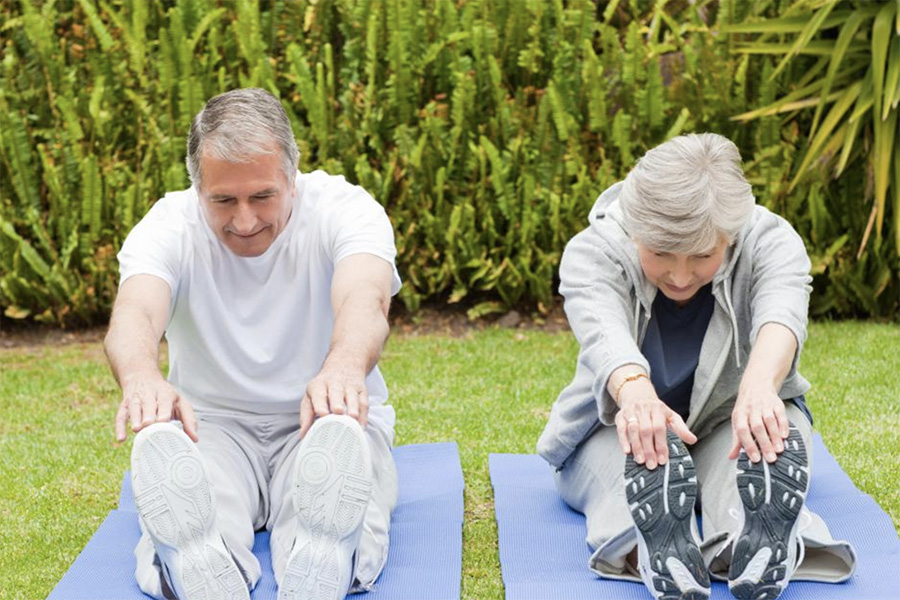
Light stretching can make a big difference for elderly people with low mobility, according to a new study from a Florida State University-led team of international researchers.
“The benefits of exercise are well known, but elderly people with limited mobility are often less likely to take part,” said the study’s lead researcher Judy Muller-Delp, professor in the College of Medicine. “Our research suggests that static muscle stretching performed regularly can have a real impact by increasing blood flow to muscles in the lower leg. This highlights that even individuals who struggle to walk due to pain or lack of mobility can undertake activity to possibly improve their health.”

The strenuous nature of exercise makes intense physical training uncommon among elderly people with reduced mobility and weak muscles. Muscle stretching, on the other hand, is widely performed as a warm-up or cool-down and is low intensity compared to aerobic exercise.
This means that even very old individuals can perform muscle stretching with minimal risk of injury.
In their study, Muller-Delp and her collaborators from Kansas State University and the University of Electro-Communications in Tokyo found that regular muscular stretching performed five times per week for four weeks can increase blood flow to muscles of the lower leg, improve the function of arteries in the muscles of the lower legs and increase the number of capillaries within stretched muscles.
Patients with peripheral artery disease and patients with foot or leg problems related to conditions such as diabetes also could use muscular stretching to improve blood flow to their lower limbs and increase or regain walking function, researchers said.
Their findings were published in the Journal of Physiology
While the team only tested one specific intervention over a span of four weeks, Muller-Delp said that more stretching could yield increased benefits for older, less mobile individuals.
“It is possible that greater stretch or stretch that increases steadily over the four-week period would have an even greater benefit,” Muller-Delp said. “It is also possible that greater benefit would be seen if the stretching continued for longer than four weeks.”
This research was funded by the National Institutes of Health and the 27th Japan Heart Foundation/Bayer Yakuhin Research Grant Abroad.



